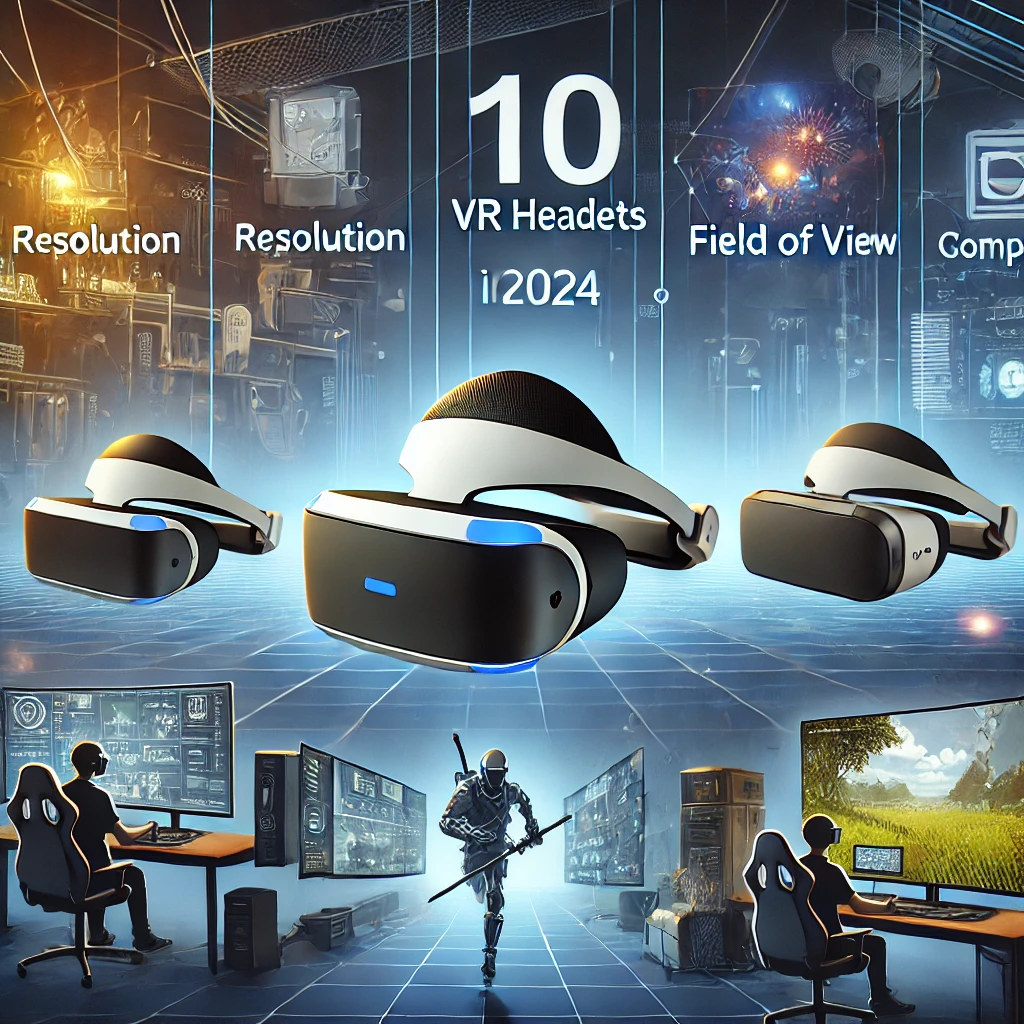Best Budget Smartwatches for Fitness in 2025

Top Smartwatches for Fitness Enthusiasts: Affordable Picks for 2025
There’s something undeniably empowering about glancing at your wrist and seeing your progress laid out in glowing numbers. The first time I used a budget smartwatch to train for my neighborhood 10K, I felt like I had a coach strapped to my arm. It buzzed when I sat too long, celebrated when I hit my step goal, and quietly tracked my heart rate while I slept. By race day I wasn’t just fitter—I was more aware of how my body responded to effort and rest. That’s the magic of today’s fitness wearables: they turn data into motivation.
But not all smartwatches are created equal. A 2024 study by West Virginia University found that the heart‑rate variability data reported by consumer wearables differs from what’s recorded in clinical settings because wrist‑based devices use photoplethysmography (PPG) rather than electrocardiography (ECG). Another review of popular wearables pointed out that wrist‑worn heart‑rate monitors sometimes struggle with accuracy in people with darker skin tones and during high‑intensity movements, as seen in a Vancouver Coastal Health study. In other words, a watch can be a great fitness companion, but it shouldn’t replace good judgement or advice from a healthcare professional.
Why Use a Smartwatch for Fitness?
If these devices aren’t perfect, why bother? Because even with their limitations, they’re incredibly useful. Continuous heart‑rate tracking can help you gauge exercise intensity and see your resting rate drop as you get fitter, and reminders to move nudge you away from the couch, as explained by The Keyhole Heart Clinic. Goal‑setting rings or streaks make daily activity feel like a game. Some watches even alert you to irregular rhythms like atrial fibrillation—features that have led some users to catch heart issues early, according to clinicians at the same clinic.
Beyond the numbers, wearing a watch can change your mindset. It’s harder to skip a run when your wrist buzzes to remind you, and seeing weekly trends can be surprisingly motivating. Many of my friends swear that having “close your rings” on their screens made them park farther away or take the stairs. Studies have also found that simply wearing a tracker encourages people to move more and sit less, another takeaway from the Keyhole Heart Clinic article.
What to Look for in a Budget Fitness Watch
Before you dive into the latest models, think about what matters most to you. Here are some features to consider:
- Heart‑rate sensor accuracy – Optical sensors using PPG can estimate pulse, but accuracy varies by skin tone, movement and intensity, as highlighted by Vancouver Coastal Health. Devices that also record ECG on demand (like some Apple and Samsung models) provide more precise rhythm data.
- Built‑in GPS – If you run or cycle outdoors, integrated GPS lets you track pace and distance without carrying your phone.
- Battery life – Budget watches often trade premium materials for longer battery life. Some models last up to 10–14 days on a charge, while others need nightly charging.
- Durability and water resistance – Look for at least 5 ATM water‑resistance if you swim or sweat heavily.
- Software ecosystem – Consider whether you’re in the Apple, Android or Garmin universe. Some watches work seamlessly with certain phones and fitness apps.
- Price and value – A low price doesn’t always mean a good deal. Weigh the feature set against reliability and customer support.
Affordable Fitness Smartwatch Recommendations for 2025
The market is bursting with options. Below are a few standout models that balance cost and performance. I’ve included personal impressions and advice from fellow runners and cyclists rather than a formal ranking. Remember, your ideal watch depends on how you train and what you want to track.
Apple Watch SE (2nd Gen)
For iPhone users who want Apple’s polished interface without paying flagship prices, the Watch SE (2nd Gen) hits a sweet spot. It lacks the always‑on display and ECG of the Series 9, but it still offers robust health metrics, emergency SOS and integration with Apple Fitness+. Anecdotally, several friends chose the SE for its fall‑detection and heart‑rate alerts—features that gave them peace of mind during solo trail runs. The downside? Battery life is about two days, so you’ll charge it more often than some competitors.
Garmin Forerunner 55 or 265
Garmin watches are beloved by serious runners because of their precise GPS and training analytics. The Forerunner 55 is surprisingly affordable and offers guided workouts, pace alerts and a battery that lasts around two weeks. If you can spend a bit more, the Forerunner 265 adds an AMOLED display and even more performance metrics. In my experience, Garmin’s ecosystem shines when you want to plan routes or analyze cadence and stride length. However, the interface feels utilitarian compared to Apple’s or Samsung’s sleek designs.
Fitbit Versa 4
Fitbit helped popularize fitness wearables, and the Versa 4 remains a solid budget pick. It tracks heart rate around the clock, offers automatic exercise detection and supports guided breathing sessions. A friend who recently started strength training loves how the Versa points out sleep trends and recovery suggestions. One caveat: Fitbit’s heart‑rate sensor, like others, may be less accurate at high intensity or on darker skin, a concern raised in both Keyhole Heart Clinic and VCHRI research. Battery life is around six days, and you’ll need a Fitbit Premium subscription for deeper insights after the initial free trial.
Samsung Galaxy Watch 6
Samsung’s latest budget‑conscious watch (relative to the Pro models) pairs well with Android phones and offers ECG, body‑composition analysis and strong sleep tracking. Battery life is a respectable three days. I found its touchscreen responsive and appreciated the rotating bezel for navigating menus. However, health metrics sometimes differ from chest‑strap readings during interval workouts, so treat the data as a guide rather than absolute truth.
Amazfit Bip 5 Pro
If you’re on a tight budget, the Amazfit Bip 5 Pro punches above its price with built‑in GPS, SpO₂ measurements and more than a week of battery life. It’s lightweight and comfortable, and the Zepp app offers plenty of charts. On the flip side, the display isn’t as sharp as premium watches and notification handling can be finicky. This watch is ideal for casual runners or walkers who want basic metrics without spending a fortune.
Tips to Maximize Your Smartwatch
Buying the right watch is only part of the journey. Here are a few ways to get the most out of your new companion:
- Wear it snugly – A loose band can cause inaccurate heart‑rate readings; researchers at VCHRI emphasize that sensors need contact with your skin.
- Update firmware – Manufacturers regularly refine algorithms. Keeping your watch’s software updated can improve accuracy and add features.
- Use training zones – Set heart‑rate zones based on your fitness level. Staying in the right zone during a run can help you build endurance or speed effectively.
- Listen to your body – Smartwatch data has a margin of error; as the Keyhole Heart Clinic notes, don’t ignore symptoms just because your watch says you’re fine.
- Celebrate small wins – Completing a week of activity goals or improving your sleep score deserves recognition. Positive reinforcement keeps you engaged.
Real Stories & Expert Insights
Gabriel Trinidad, a physiotherapist who tested Fitbit and Garmin watches in a Vancouver Coastal Health study, noted that while wrist‑worn devices are calibrated mainly for lighter skin, they showed acceptable accuracy at rest across all skin tones; however, accuracy worsened during exercise, especially for darker‑skinned participants. He now cautions clients to view watch data as a guideline and not a medical diagnosis.
Similarly, West Virginia University researchers found that heart‑rate variability metrics from consumer wearables differ from clinical measurements because of the time lag between blood flow and electrical signals. They emphasized that not all wearables use the same algorithms, with Apple using the more accurate SDNN measure while others rely on RMSSD. Experts at The Keyhole Heart Clinic remind users that wrist sensors can be less accurate for darker skin and during high‑intensity activities.
What does this mean for you? Embrace your smartwatch as a motivational tool, but remember its data isn’t gospel. Use it to notice trends—like a dropping resting heart rate or improved sleep—but don’t panic if you see occasional anomalies. And if you’re curious about other gear to enhance your tech arsenal, consider exploring our guide to noise‑canceling headphones for work in 2025.

